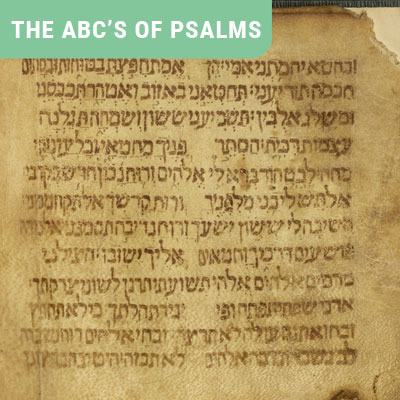Do you think that writing the psalms would have been fun? We can’t know for sure if it was but several of the psalms were written using something called alphabet acrostic. Alphabet acrostic uses the letters of the alphabet in alphabetical order to begin each line of the psalm. When these psalms were translated into English, the translators usually did not use alphabet acrostics. (Ronald Knox’s translation is one exception.) So here are two ideas you might like to try. First, you can try taking one of the psalms and putting the lines into an alphabet acrostic. The original acrostic psalms were Psalm 9, Psalm 10, Psalm 25, Psalm 34, Psalm 37, Psalm 111, Psalm 112, Psalm 119, and Psalm 145. But you can use any psalm. The Hebrew Alphabet has 22 letters. Therefore some of the psalms needed to use the letters more than one time. The English Alphabet has 26 letters but some of the letters are hard to use as first letters so you might need to skip letters. The second way to do an acrostic psalm is to make up your own “psalm”. Here is an example of a made-up acrostic psalm.
Adore the Lord with me
Bless his holy name
Call upon him in distress
Desire his presence in your heart
Eternal is his love for you
Faithfulness is his garment
Glory and praise spring up
Heaven rejoices in return
Incline your heart to me, O God
Jesus, may your kingdom come
Keep me ever in your love
Let me live in love now and forever
May mercy be our gift and goal
Never let us escape from your hand
Offer your life to our glorious King
Praise him with every moment of your life
Quickly run to his merciful arms
Raise your hands without ceasing
Seek him constantly day by day
Thanks be to you, our Savior God
Universal be the praise that resounds
Vestiges of your beauty are scattered abroad
We give you thanks for your great glory
eXtol our God every nation on earth
You send forth your blessing to every living creature
Zeal for your kingdom be upon us. Amen.

